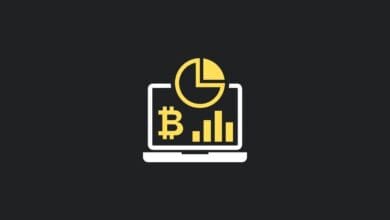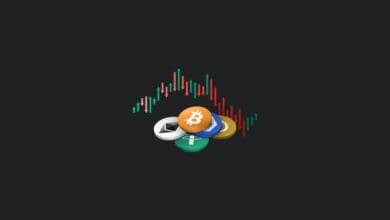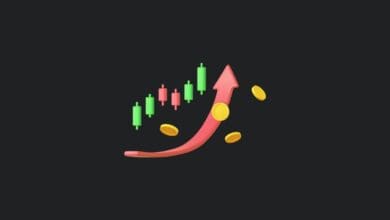Crypto Gas Limit
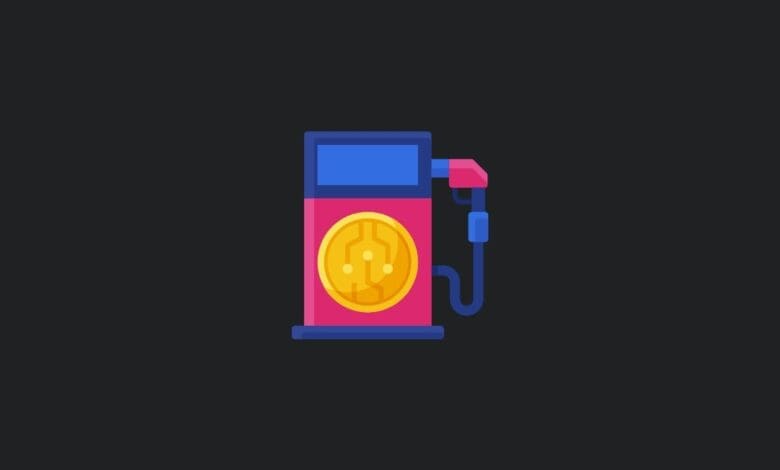
In the intricate ecosystem of blockchain and cryptocurrencies, the ‘Gas Limit’ is a term that holds significant importance, especially in the Ethereum network.
This article will explore the concept of the gas limit, its various aspects, and its crucial role in the execution and efficiency of blockchain transactions.
What is Crypto Gas Limit?
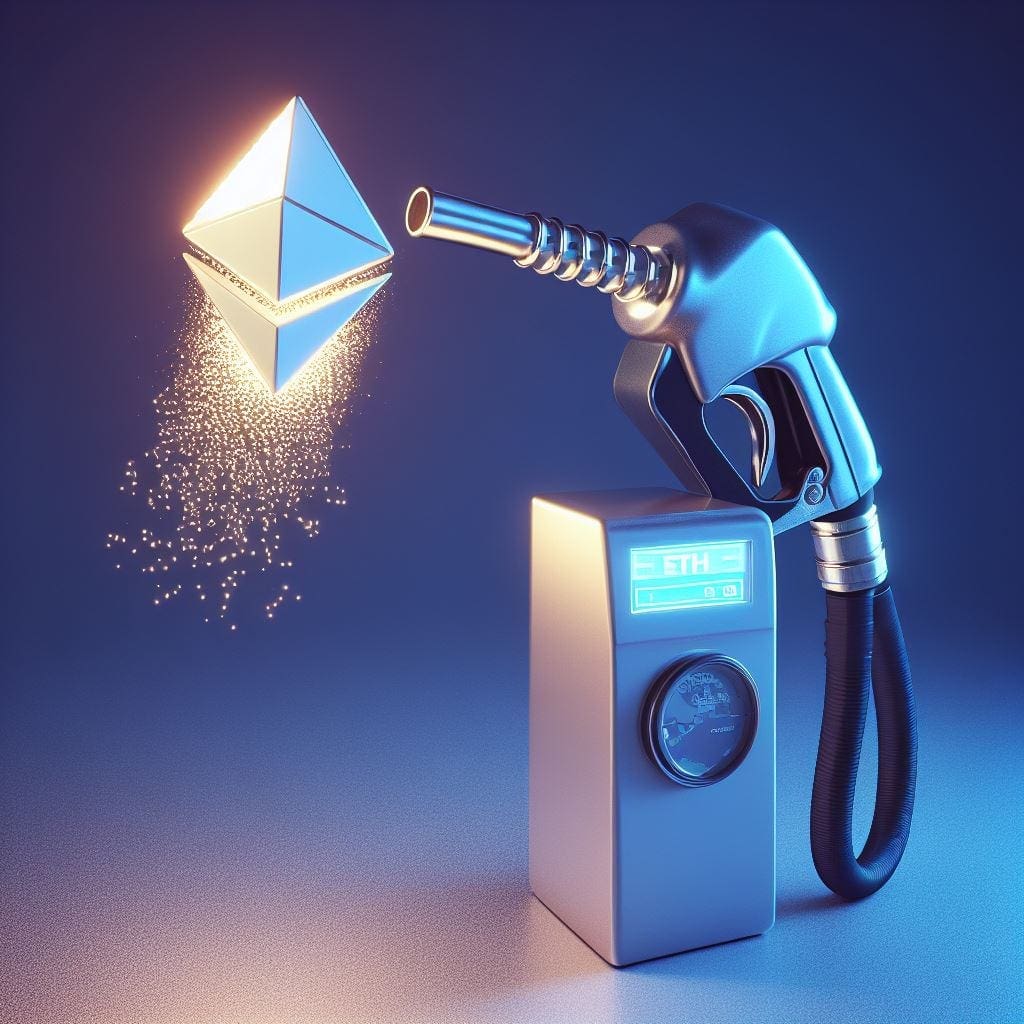
The gas limit in cryptocurrency, particularly in Ethereum, refers to the maximum amount of gas a user is willing to spend on a transaction or smart contract execution.
It serves as a cap, ensuring that users do not overspend on processing fees and protecting them from faulty contracts that require excessive computational power.
Types and Aspects of Gas Limit
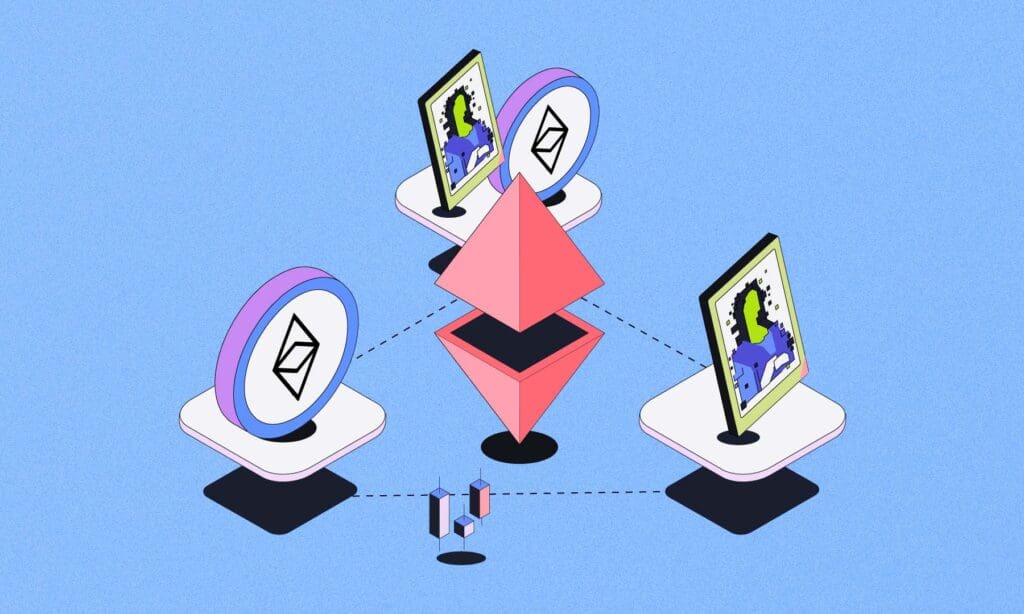
- Transaction Gas Limit: This is the gas limit set for standard Ethereum transactions, such as transferring ETH from one address to another.
- Smart Contract Gas Limit: This limit is set for executing smart contracts on Ethereum, which typically requires more computational power and, consequently, more gas.
- Block Gas Limit: This is the maximum amount of gas all transactions in a block can consume. It’s determined by Ethereum miners and can influence the throughput of the network.
Purpose and Importance of Gas Limit

- Controlling Transaction Costs: The gas limit allows users to control their spending on transaction fees, which is crucial in a network where fees can fluctuate.
- Preventing Network Abuse: By setting limits, the Ethereum network prevents abuse such as denial-of-service (DoS) attacks, which aim to overload the network with heavy computational tasks.
- Efficient Resource Allocation: It ensures that resources are allocated efficiently within the network, maintaining its health and speed.
How Gas Limit Works in Ethereum
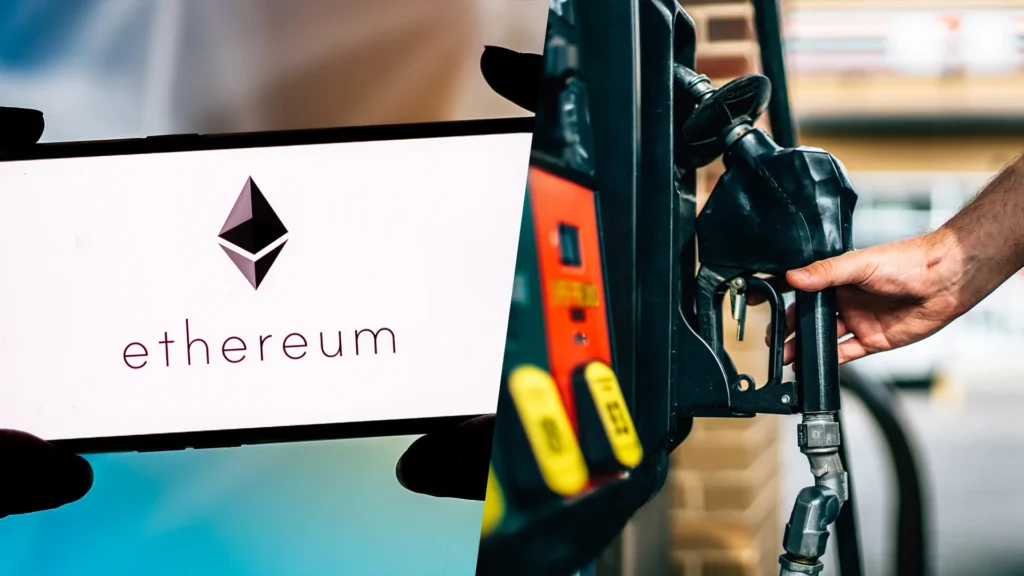
When initiating a transaction or executing a smart contract, users set a gas limit along with a gas price. If the set gas limit is too low, the transaction will fail, as it doesn’t provide enough computational resources. If it’s too high, the user risks paying for unused gas.
Optimizing Gas Limit
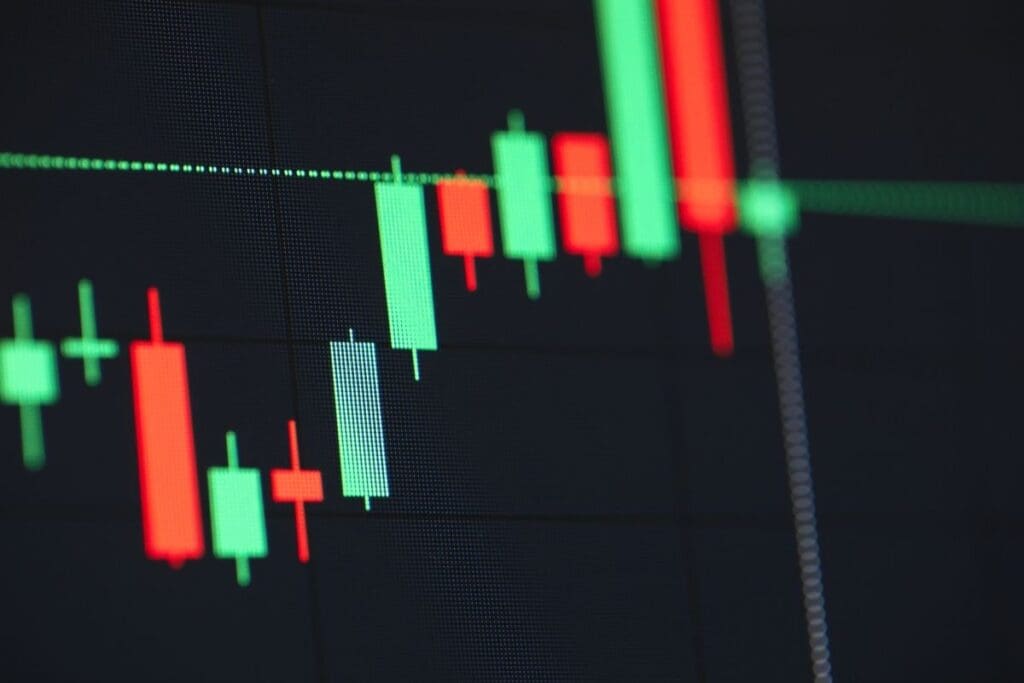
Setting an appropriate gas limit is essential. Users need to balance between ensuring transaction completion and not overpaying for unused gas.
Tools and estimators are available to help predict the optimal gas limit for transactions.
Challenges and Considerations

Choosing the right gas limit can be challenging, especially during network congestion. Users need to be aware of the current network conditions and adjust their gas limits accordingly.
The gas limit is a fundamental component in Ethereum’s transaction model, playing a vital role in managing costs, security, and resource allocation.
Understanding how to set the right gas limit is crucial for anyone engaging in Ethereum transactions, as it directly affects the success and efficiency of their activities on the blockchain.
As Ethereum evolves, the dynamics of gas limit and its impact on network performance will continue to be an area of keen interest.
You may also like this content
Follow us on TWITTER (X) and be instantly informed about the latest developments…





